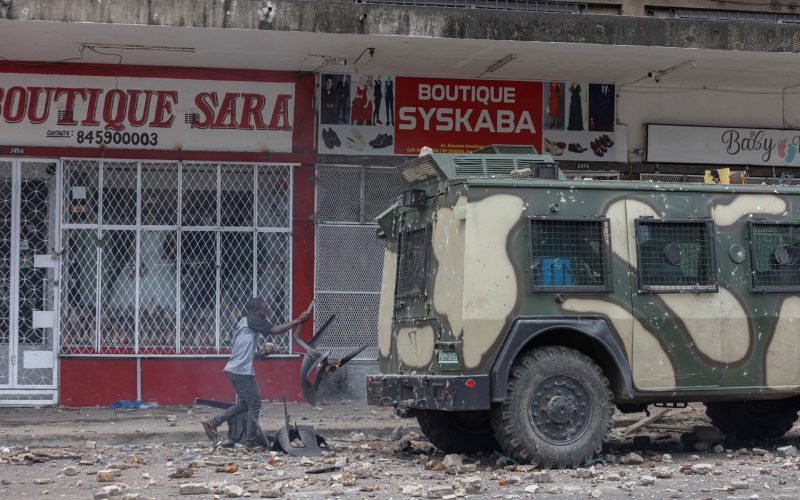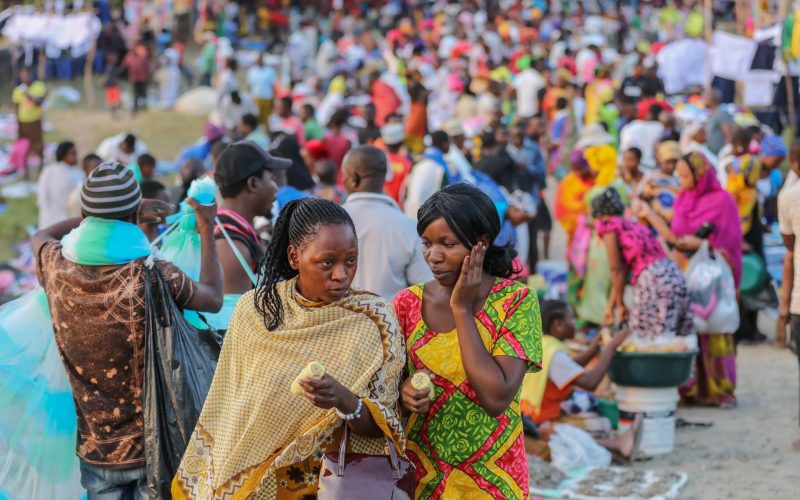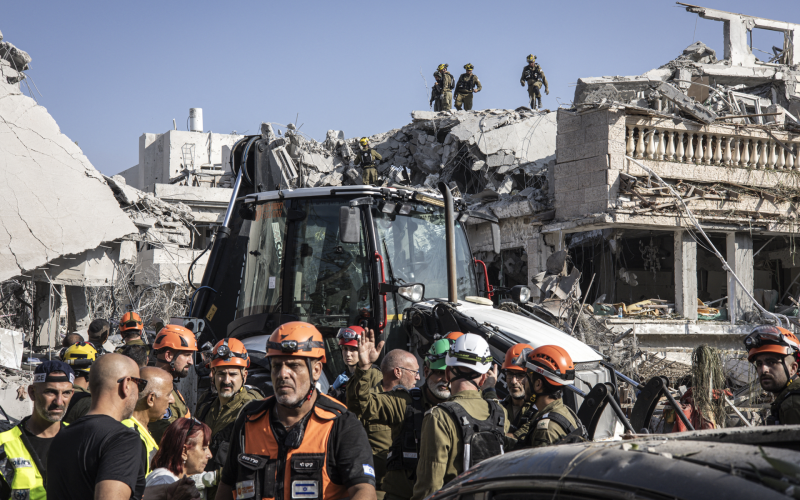Humanitarian intervention is contentious because it is widely considered to constitute a form of military intervention. Proponents of R2P thus go to great lengths to stress that the evolving norm considers intervention to be a last resort, and only when all other non-military options have been exhausted. Because intervention is also politically and morally divisive, proponents of R2P do not adequately problematise how states (which are expected to take the lead in humanitarian intervention efforts) are often influenced by the changing normative context in which intervention is expected to occur. This paper argues that the normative context is important, as it often shapes a state’s perception of its interests. Hence it is unhelpful to exclude the notion of humanitarian intervention from the broader R2P debate. It is also argued that a more nuanced understanding of South Africa’s foreign policy in relation to R2P needs to specifically consider how the country has been engaging with evolving norms of humanitarian intervention.
Author: Anthony Bizos







